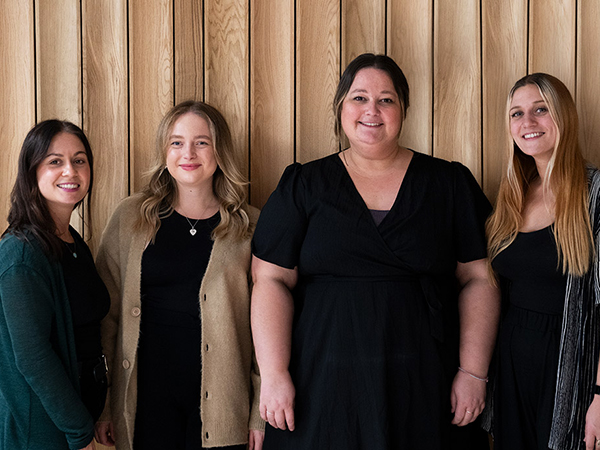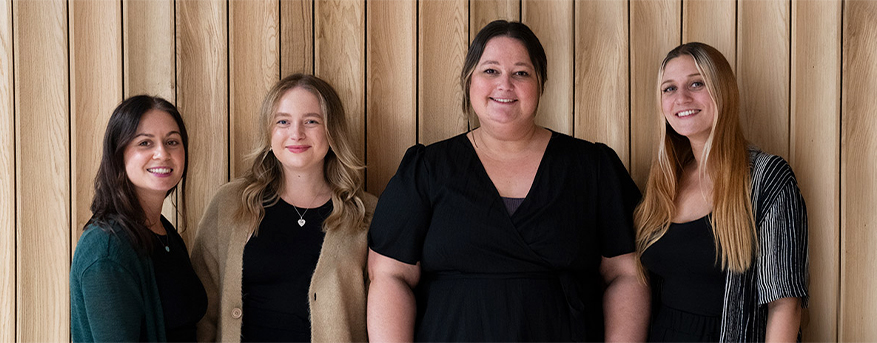Baltics guide
Experience all three of the Baltic states, Estonia, Latvia and Lithuania, as part of the same holiday and discover a wide range of cultural contrasts and natural highlights whilst exploring as part of a small group from Tallinn to Vilnius via the largest city in the Baltics, Riga. Browse our Baltics travel guide before you leave and make the most of your time crossing Baltic borders.


























